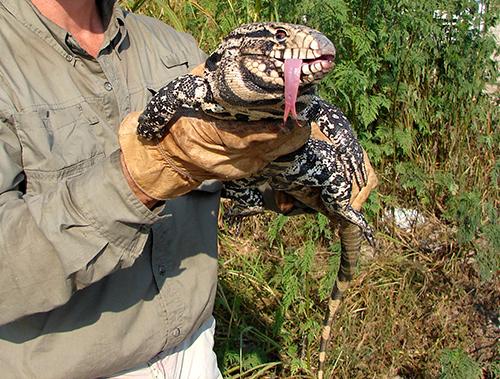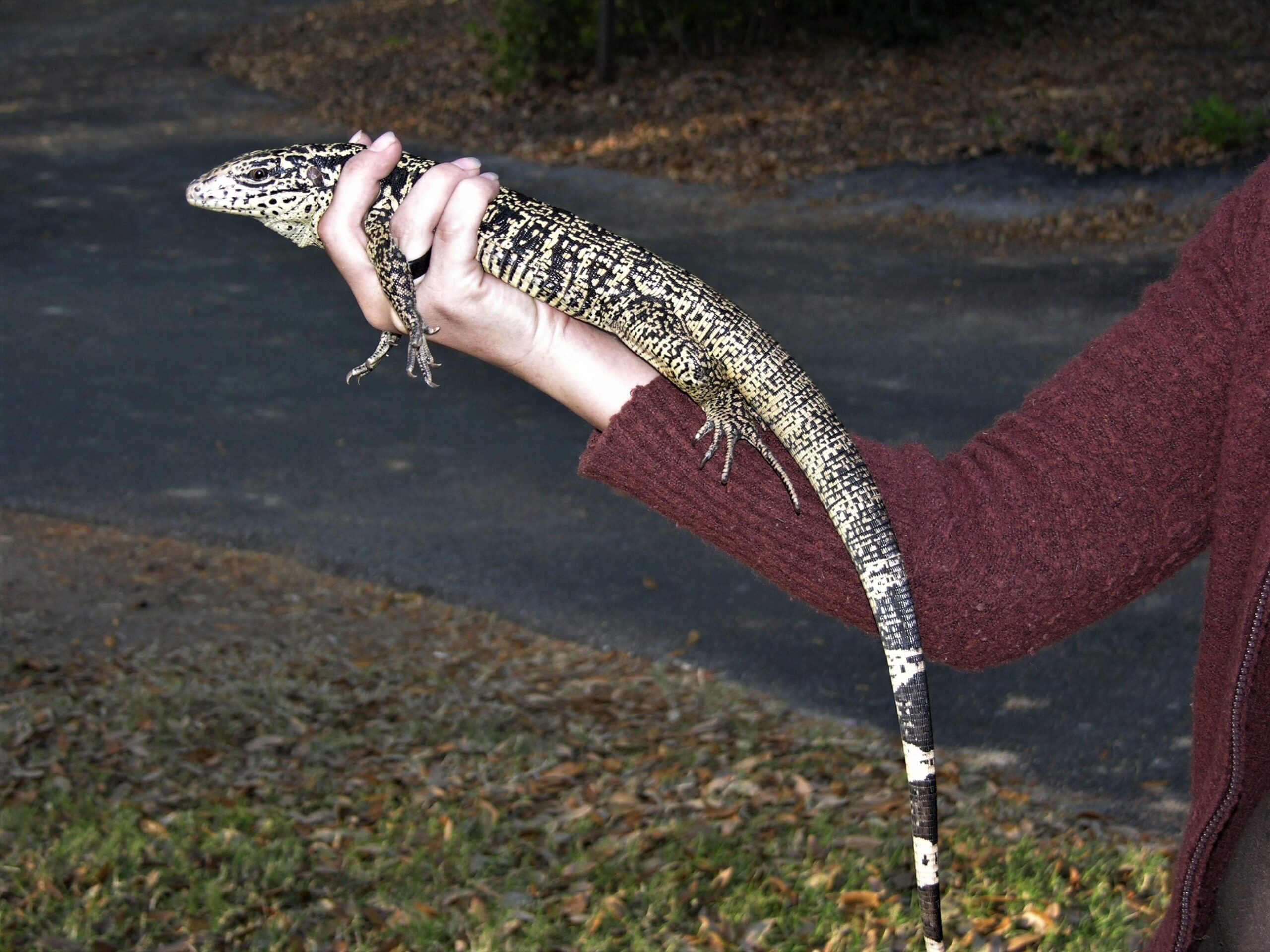In the lush,subtropical landscapes of Florida’s Treasure Coast,a silent invader prowls with calculated precision—the tegu lizard. These large, clever reptiles, native to South America, have transformed from exotic pet curiosities to a formidable ecological disruptor.With voracious appetites and remarkable adaptability, tegus are systematically dismantling delicate native ecosystems, consuming everything from eggs and small mammals to endangered species’ offspring. Their rapid expansion across Florida’s fragile habitats represents more than just an environmental challenge; it’s a stark reminder of how unintended consequences can emerge when non-native species find fertile ground for colonization. Invasive Argentine black and white tegus are wreaking havoc on Florida’s delicate ecosystem, posing a meaningful threat to native wildlife along the Treasure Coast. These large, intelligent reptiles have established breeding populations in several counties, creating unprecedented challenges for local conservation efforts.
Growing up to four feet long, these voracious predators consume everything from small mammals and birds to reptile eggs and ground-dwelling species. Their adaptable nature allows them to thrive in diverse habitats, including wetlands, agricultural areas, and suburban landscapes. Wildlife experts warn that their rapid reproduction and omnivorous diet make them a especially perilous invasive species.
Research conducted by the Florida Fish and Wildlife Conservation Commission reveals alarming population growth. These lizards,originally imported as exotic pets,have successfully established self-sustaining populations in multiple regions. When irresponsible owners release them into the wild, tegus quickly adapt and multiply, decimating local wildlife populations.
Native species face devastating consequences from tegu predation. Ground-nesting birds like quail and turkey experience significant egg destruction. Smaller mammals such as mice,rats,and rabbits become easy prey for these opportunistic hunters. Even threatened species like indigo snakes and gopher tortoises face potential population decline due to tegu competition.
The environmental impact extends beyond direct predation. Tegus compete with native wildlife for critical resources, disrupting established ecological balance. Their ability to consume fruits, insects, and small vertebrates allows them to outcompete indigenous species in multiple food chains.
Control and eradication efforts have become increasingly complex. Wildlife managers employ strategic trapping programs, targeting known breeding areas and migration routes. Community involvement plays a crucial role,with local residents encouraged to report tegu sightings and participate in removal initiatives.
Current mitigation strategies include public education campaigns, specialized trapping techniques, and collaborative research between wildlife agencies and scientific institutions. Genetic tracking and advanced monitoring systems help researchers understand tegu migration patterns and develop more effective management protocols.
Financial implications are significant. The economic burden of managing these invasive reptiles falls on local governments and conservation organizations. Expensive eradication efforts, habitat restoration, and ongoing research require ample funding and coordination.
As climate change continues to create more hospitable environments for invasive species, the tegu lizard represents a critical case study in ecological disruption. Proactive management, public awareness, and stringent regulations are essential to mitigating their devastating impact on Florida’s rich biodiversity.






